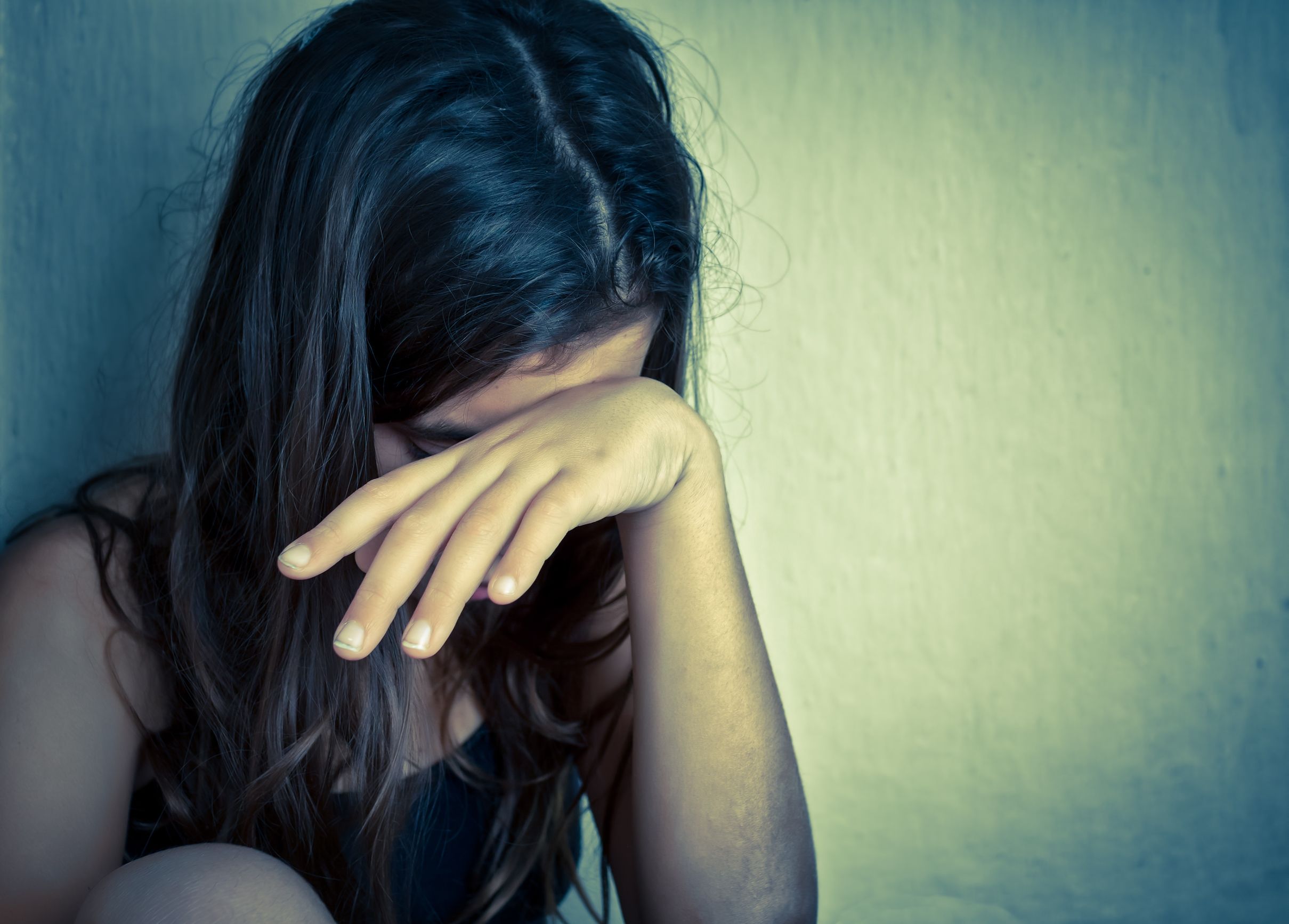Seasonal affective disorder is a type of depression that consists of recurrent and seasonal pattern of depressive episodes. This commonly occurs in the autumn and winter months, as during these times there is generally less light and sunny weather. Due to the lack of light in these winter months, light therapy has been a focus for interventions. A recent Cochrane review examined the effectiveness and safety of light therapy in preventing SAD and improving patient-centered outcomes. They were interested in light therapy compared to no light therapy as well as many other interventions and found that the research is limited in this area.
The findings of interest included studies comparing light, looking at differences between bright white light and infrared light, versus no light. Both forms of preventative light therapy showed reduced incidence of SAD when compared to no light therapy. There was no available information discussing adverse effects or any safety concerns of using light therapy. Further studies should aim to compare light therapy with other traditional forms of treatment. Regardless of the lack of evidence comparing other treatments, there is a clear benefit using light therapy when compared to no light therapy.
http://www.ncbi.nlm.nih.gov/pubmedhealth/PMH0079535/




